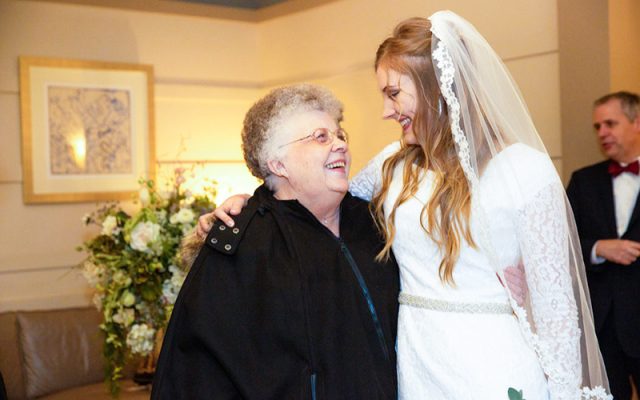
When you add new members to your family, such as spouses, in-laws, stepparents, etc., these new additions can come with their own separate family trees. Connecting to the tree information for living family members on the FamilySearch Family Tree isnŌĆÖt difficultŌĆöbut it does require a little different approach.
Protecting the Privacy of Living Family Members
FamilySearch Family Tree is a shared, public tree. Information about deceased relatives can be seen by anyone who searches for that relative on FamilySearch. To protect privacy, any information about living people on the Family Tree can only be seen by the person who entered it, in his or her┬Āprivate space.
As an example, I entered my husband, children, and parents on my family tree. Nobody else can see the information I entered because they are all living.
Information added to a living relativeŌĆÖs profile will only become public after he or she is marked as deceased. At that time, duplicate profiles may appear and can be merged to group that personŌĆÖs information into one shared profile.
This means that if my siblings want to see our parents (who are living) on their own tree, they have to enter our parents themselves.
Connecting Trees of Living People
Because of this respect for privacy, connecting to information in the tree about your spouse or other living family members works a little differently than connecting to deceased ancestors in your direct line. The key is adding information about your living relatives until you can connect to the profile for a deceased person.
Read the article “How to Connect to a Family MemberŌĆÖs Tree” for step-by-step instructions on how to connect to the tree information for a living person.
Continue reading at the original source ŌåÆ



